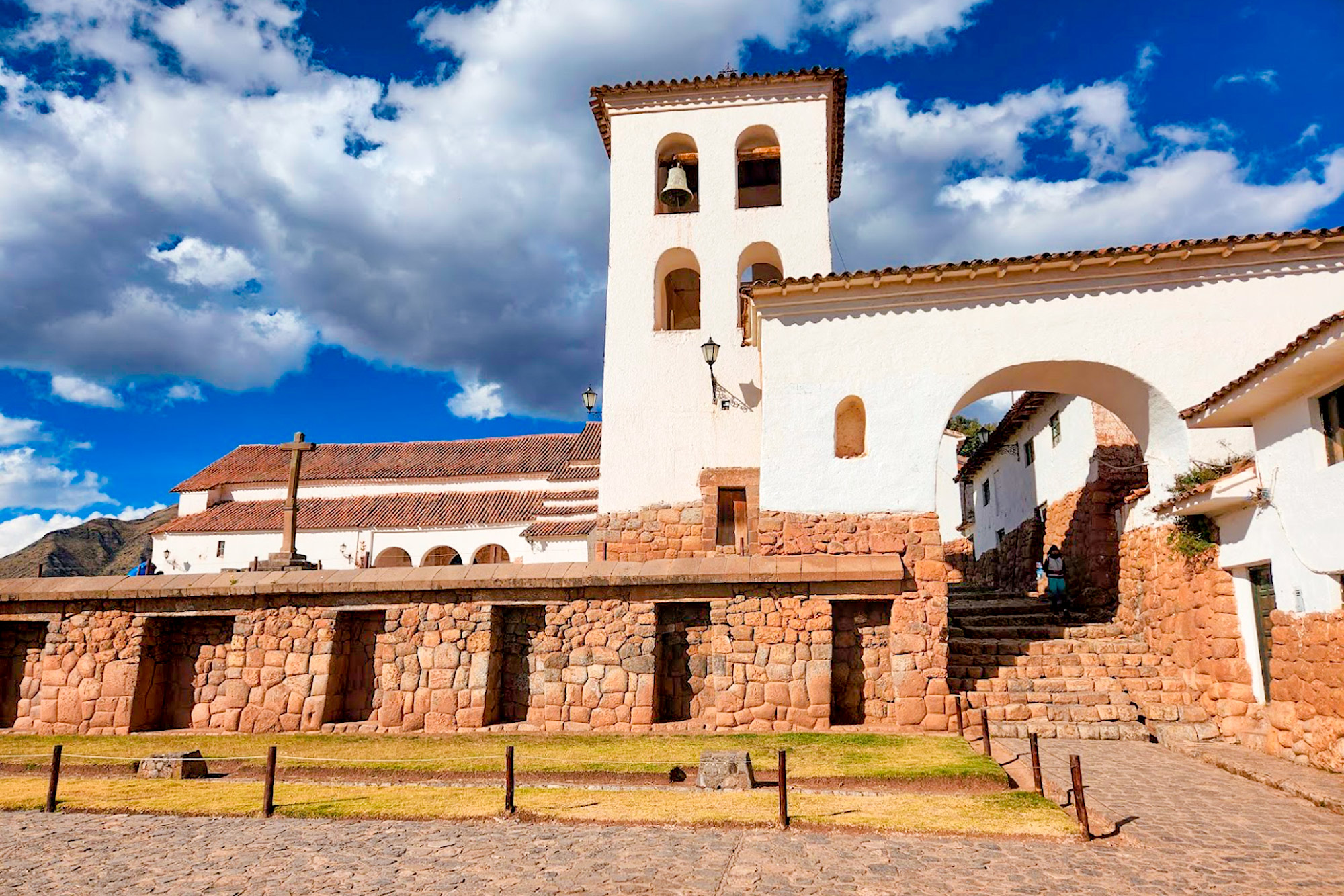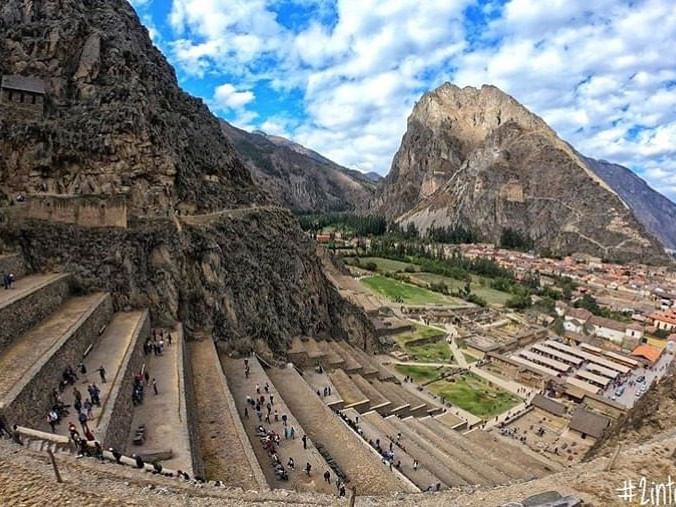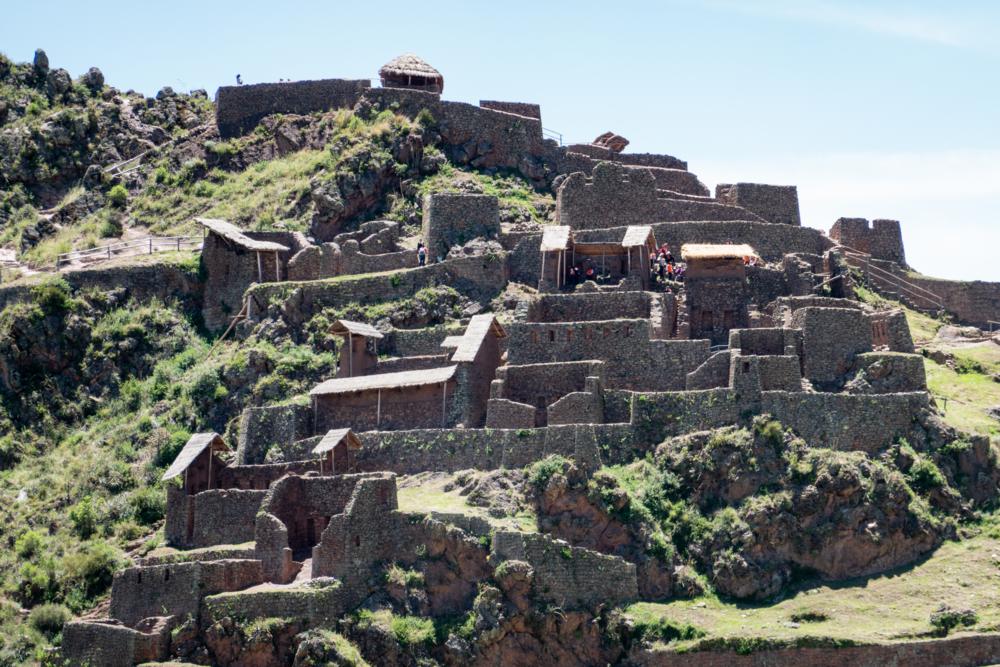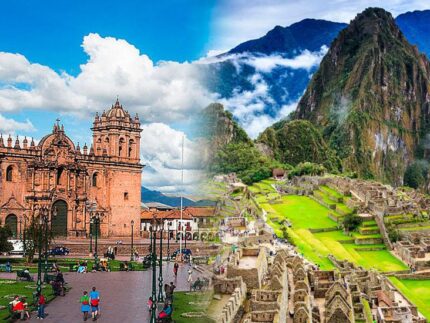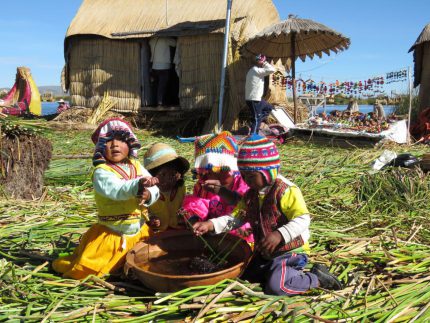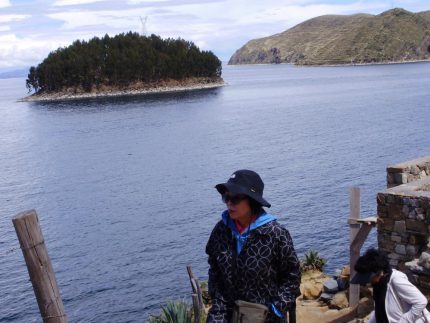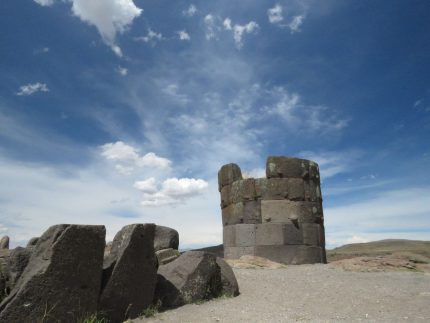DURATION: 1 DAY
07:30 am pick up from the Hotel in Cusco.
08:00 Start excursion of the Sacred Valley of the Incas.
The Sacred Valley of the Incas is made up of numerous rivers that descend through ravines and small valleys, it has numerous Archaeological Centers and Indigenous Peoples: Pisac, Ollantaytambo, Chinchero.
PISAC
Pisac market. The main square of Písac is an entertaining place full of color and with various items for sale. This town is famous for its astronomical observatory. Písac is a mestizo town built on indigenous remains by Viceroy Francisco de Toledo, the same one who approved the dismemberment of Túpac Amaru. In Písac, you can attend a mass in Quechua among indigenous people and varayocs or regional mayors. Likewise, you can see how the Inca agronomists solved the problem of planting on the slopes of the hills.
P'isaq archaeological park
It constitutes one of the most important Archaeological Parks in the region. Possibly its name derives from a very common type of partridge in this area known as "p'isaqa".
Some scholars suggest that the pre-Hispanic city had the shape of a "p'isaqa" that represented the local fauna. Today there is also a colonial town named P'isaq in the lower part of the valley, established as a result of the "Indian Reductions" famous because the Quechuas united in small towns. The Inca City currently offers a Local Market, full of crafts and local products.
OLLANTAYTAMBO
The archaeological complex of Ollantaytambo was a strategic military, religious and agricultural center. The architectural setting is of exceptional interest due to the size, style and originality of its buildings. For the Quechua language, the name comes from the word Ollanta (which is the name of an Inca captain, whose story was kept as an oral tradition, and written as a drama by Antonio Valdez, priest of Urubamba, in the mid-18th century) and from the term, tambo, a Spanish derivation of the Quechua word tampu; which means, "city that offers accommodation, food and comfort to travelers." The agricultural activity of this area was benefited by the presence of the Patacancha stream, a place where large cultivation terraces could be seen that are currently deteriorated and abandoned.
CHINCHERO
The most typical population of the Sacred Valley of the Incas is a purely Inca city that the ambitious conquerors wanted to "civilize" to establish their culture, but they never succeeded, since they totally resisted. Today you can see this resistance in its inhabitants, since they live in the almost intact Inca buildings, in the same place where their distant ancestors lived and formed the largest and most prosperous civilization in America.
The Rainbow City is located 28 km away. northwest of the city of Cusco, above 3,762 meters above sea level, in a place halfway between the puna and the temperate ravine, flanked by the snow-capped mountains of Salkantay, Verónica and Soray. The view from here is impressive.
Chinchero was the place chosen by the Inca Túpac Yupanqui to establish his residence
Arrival in Cusco at approximately 7:00 pm.
We leave it near the beautiful Plaza de Armas of Cusco.


